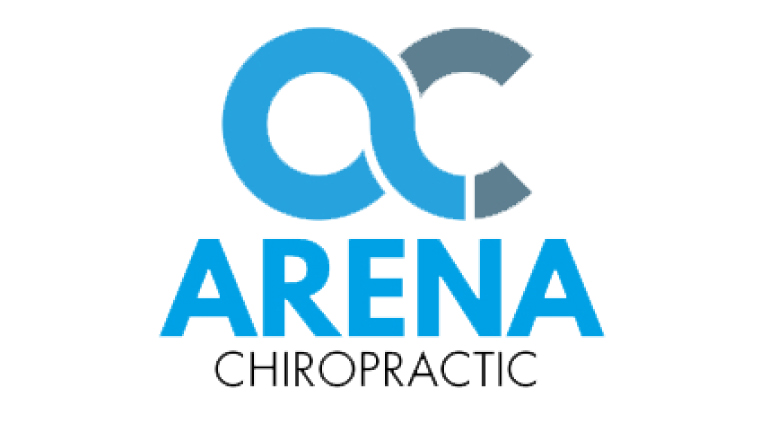During a graduate nutrition course at the University of Minnesota, a professor posed a challenge to the class: Construct a 2000 calorie-per-day diet that at least met the Recommended Dietary Allowances (RDA) for vitamins and minerals without the use of supplements. Most of the graduate students thought that this was going to be a simple assignment. After all, we had been told over and over again that people can get all of the nutrients their body needs simply by eating a well-balanced diet. Well, the professor was putting that statement to the test.
To everyone’s surprise, no one was able to come up with a sustainable daily diet that met the minimum RDA requirements. The graduate students discovered that it is impossible to get everything that you need from the food we eat. But how could this be? Certainly people have lived on this planet for a long time and must have been able to get everything they needed from their diet. The answer has to do with modern farming techniques, fertilizers and environmental stresses.
Following the Second World War, chemical manufacturers were sitting on huge stockpiles of phosphates and nitrates that were initially intended for use in explosives. They discovered that when they spread these same phosphates and nitrates on the soil where plants were growing, the plants grew bigger and looked healthier. Thus began the boom of the fertilizer industry.
The problem with modern fertilizers is that they don’t replace soil trace minerals, such as chromium, zinc and copper, as do cow manure and other natural fertilizers. Over time, these trace minerals become more and more depleted from the soil and, consequently, our food supply becomes more depleted as well. The bottom line is that in order to get enough trace minerals in our diet to at least meet the minimum RDAs, it is necessary to take a good quality supplement.
How to Select a Good Multivitamin
All vitamin supplements are not created equal. Supplements are just like anything else- there are some good ones out there and a whole lot of supplements that are not as good. Here a few keys to determining whether a particular vitamin is good:
- In general, supplements sold through a health care professionals are top quality. They tend to be a little more expensive than the supplements you find at your local drug store because the ingredients that go into them tend to be of a higher quality.
- High quality vitamins have chelated minerals. This makes a huge difference in how well the minerals are absorbed by your body. If you have any questions about specific supplements that you are taking, be sure to ask your chiropractor.
- Most high quality vitamin formulations require that you take more than one capsule or tablet per day. This is simply because high quality ingredients, such as chelated minerals, take up more space than their cheaper counterparts.
The Bottom Line
Taking supplements as part of your overall daily health regimen is a simple and inexpensive way to ensure that your body has everything it needs to be healthy. When combined with regular chiropractic care, taking a high quality multivitamin will help to slow the aging process and decrease your risk of a number of degenerative diseases. Be sure to talk to your chiropractor to determine which multivitamin formula best fits your individual needs.





